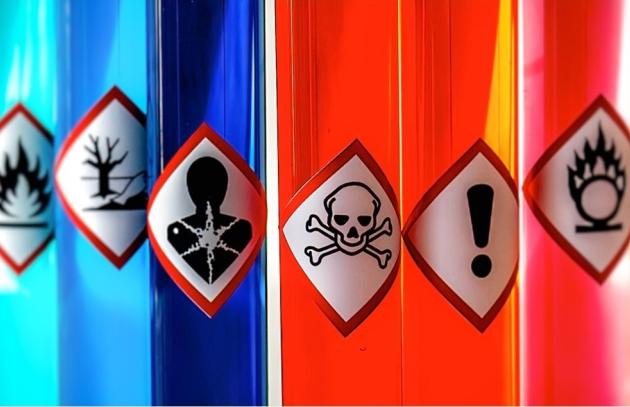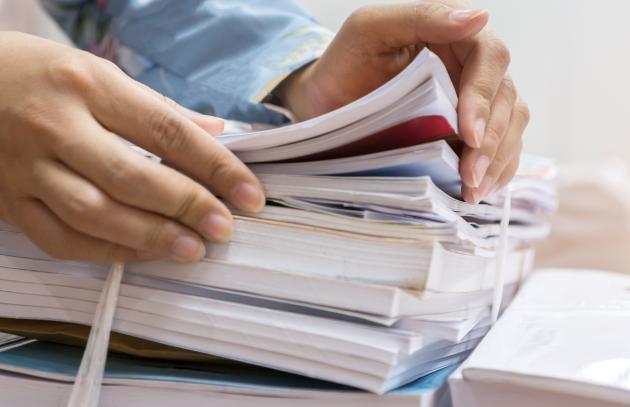Turning Science into Action
People are exposed to increasing amounts of toxic chemicals in air, food, water, personal care and cleaning products, at home and at work. The problem is so large, we cannot protect ourselves with individual actions alone - we need policy change.
That's why we share the science and best scientific methods to inform and guide policies that protect people from harmful chemicals, particularly those who are especially vulnerable such as pregnant people and children, and those who are disproportionately impacted.

How to Strengthen EPA's Mission to Protect Health
To help EPA put science and public health front and center, PRHE collaborated with top scientists and chemical policy experts from around the country to develop evidence-based recommendations to improve hazard and risk assessment, and prevent harms from chemicals and pollutants.
Major Policy Areas

Chemicals and TSCA
We analyze federal chemical policy and EPA's implementation of the updated Toxic Substances Control Act, the law that governs regulations of chemicals in commerce.

Science Integrity
PRHE developed the Navigation Guide systematic review methodology to better evaluate the quality and strength of the evidence on how hazardous chemicals impact health.

Industry Documents
From lead and tobacco to hiding the truth about fossil fuels and climate, polluters have a long history of manipulating science and public opinion to maintain their corporate interests. We help gather these documents as part of UCSF's Industry Documents Library.
Policy Strategies

Public Comments
We monitor EPA and other regulatory body actions and comment on whether they are following the best science and protecting health. Public comments are essential to holding government agencies accountable.

Legislative Briefings
PRHE planned legislative briefings to inform policymakers and staff about issues related to implementation of the Toxic Substances Control Act and science and decision making at EPA.

Science Action Network
PRHE launched the Science Action Network for Health and the Environment to bring together environmental health scientists to be a strong voice for science integrity and to prioritize health in chemical and environmental policy.
Published Papers
Systematic reviews are fast increasing in prevalence in the toxicology and environmental health literature. However, how well these complex research projects are being conducted and reported is unclear.
World Health Organization (WHO) and International Labour Organization (ILO) systematic reviews reported sufficient evidence for higher risks of ischemic heart disease and stroke amongst people working long hours (≥55 hours/week), compared with people working standard hours (35–40 hours/week).
Methylene chloride is a halogenated organic solvent widely used in paint strippers, cleaners, adhesives, and sealants. Despite label warnings and occupational standards, methylene chloride–related fatalities continue to occur in the United States.
Formaldehyde exposure is ubiquitous and occurs in homes, communities, and workplaces. It is present in many household products, such as foam insulation, cleaning and personal care products, pressed wood products such as particleboard and plywood, and as a result is a common indoor air pollutant found in virtually all homes and buildings.
Synthesizing environmental health science is crucial to taking action to protect public health. Procedures for evidence evaluation and integration are transitioning from “expert-based narrative” to “systematic” review methods. However, little is known about the methodology being utilized for either type of review.
Research Funding
Recommendation: EPA must invest in research and workforce training to ensure it has the right and best science for decision-making and that its workforce keeps pace with current scientific advances in order to ensure that its regulatory decision-making is evidence-based.
Data Infrastructure
Recommendation: EPA must invest in systems to support collecting, organizing and making accessible environmental and health data that allow the Agency and the public to understand, monitor and act on environmental factors that influence health, resulting in more equitable public health safeguards.
